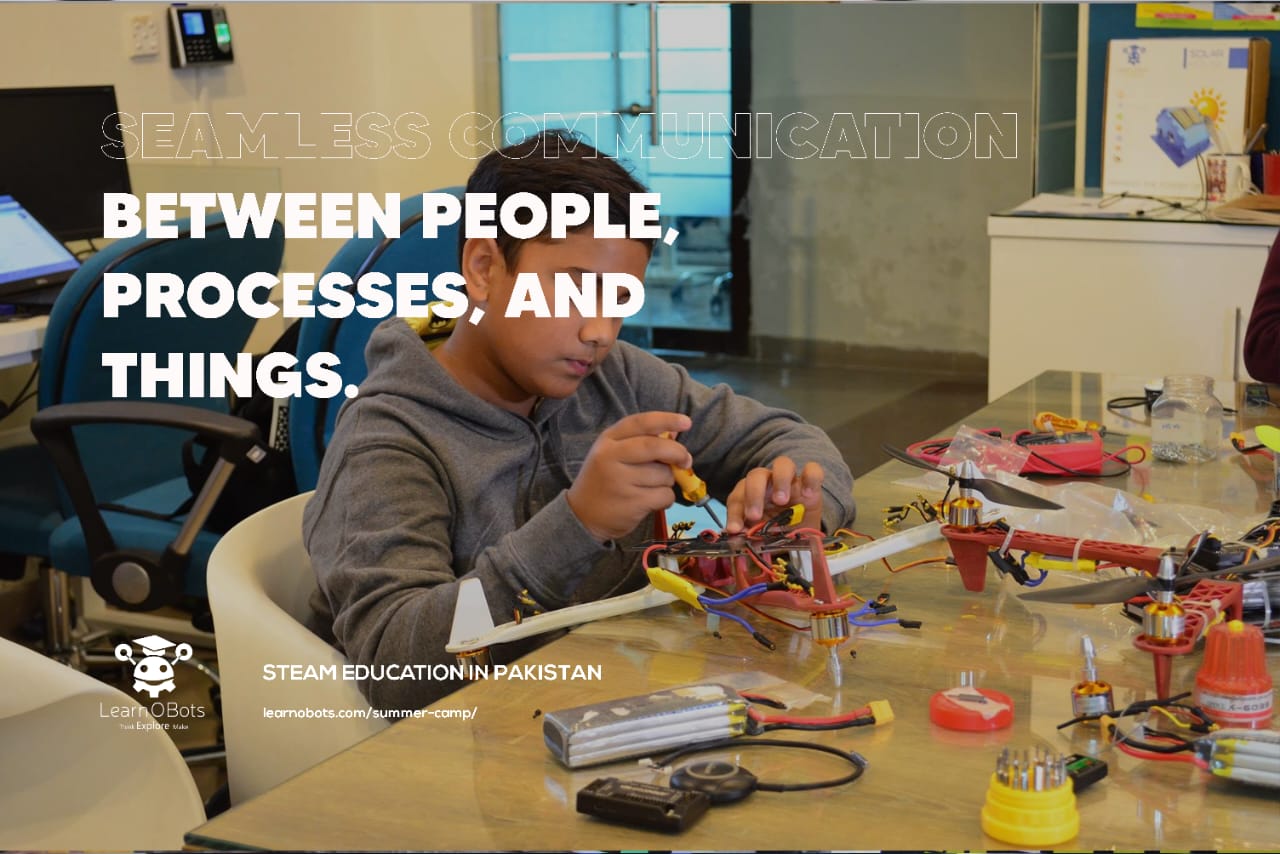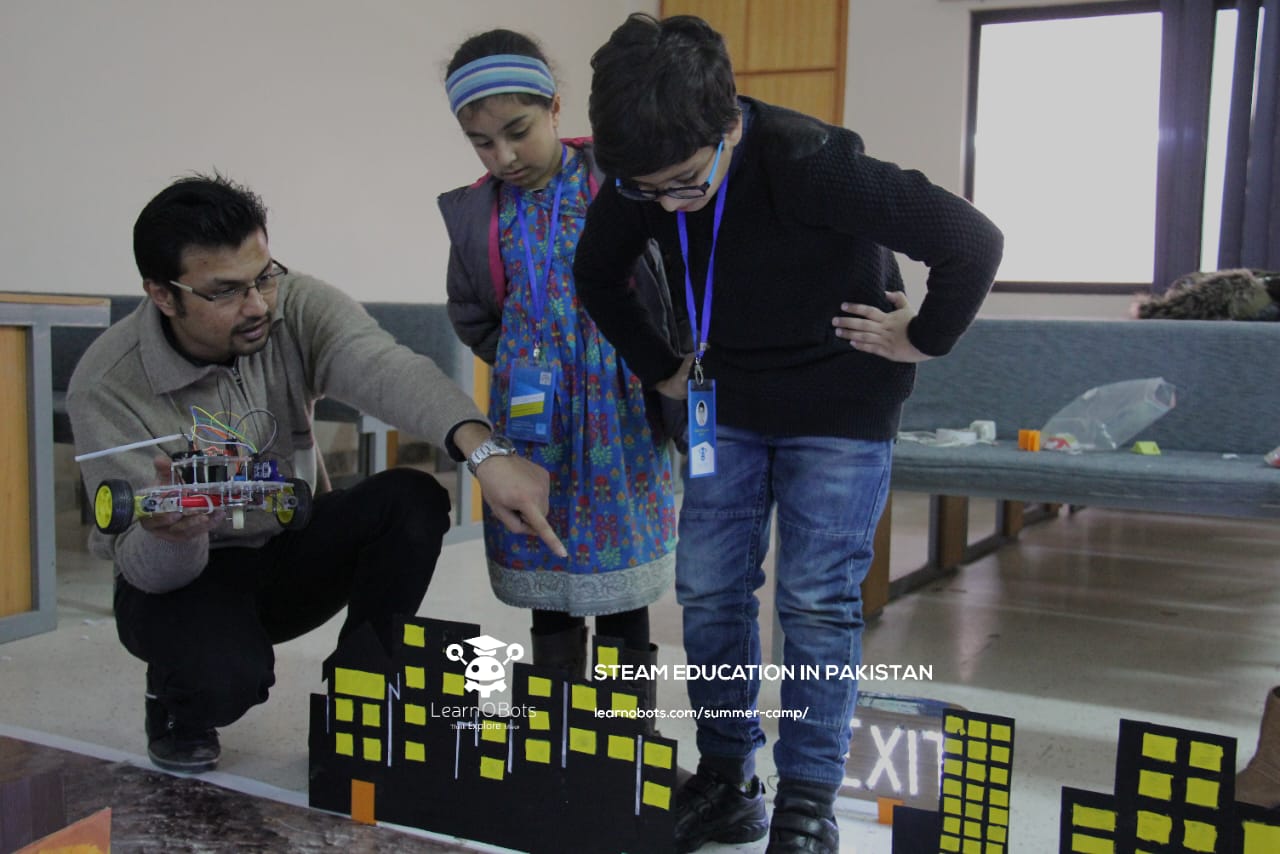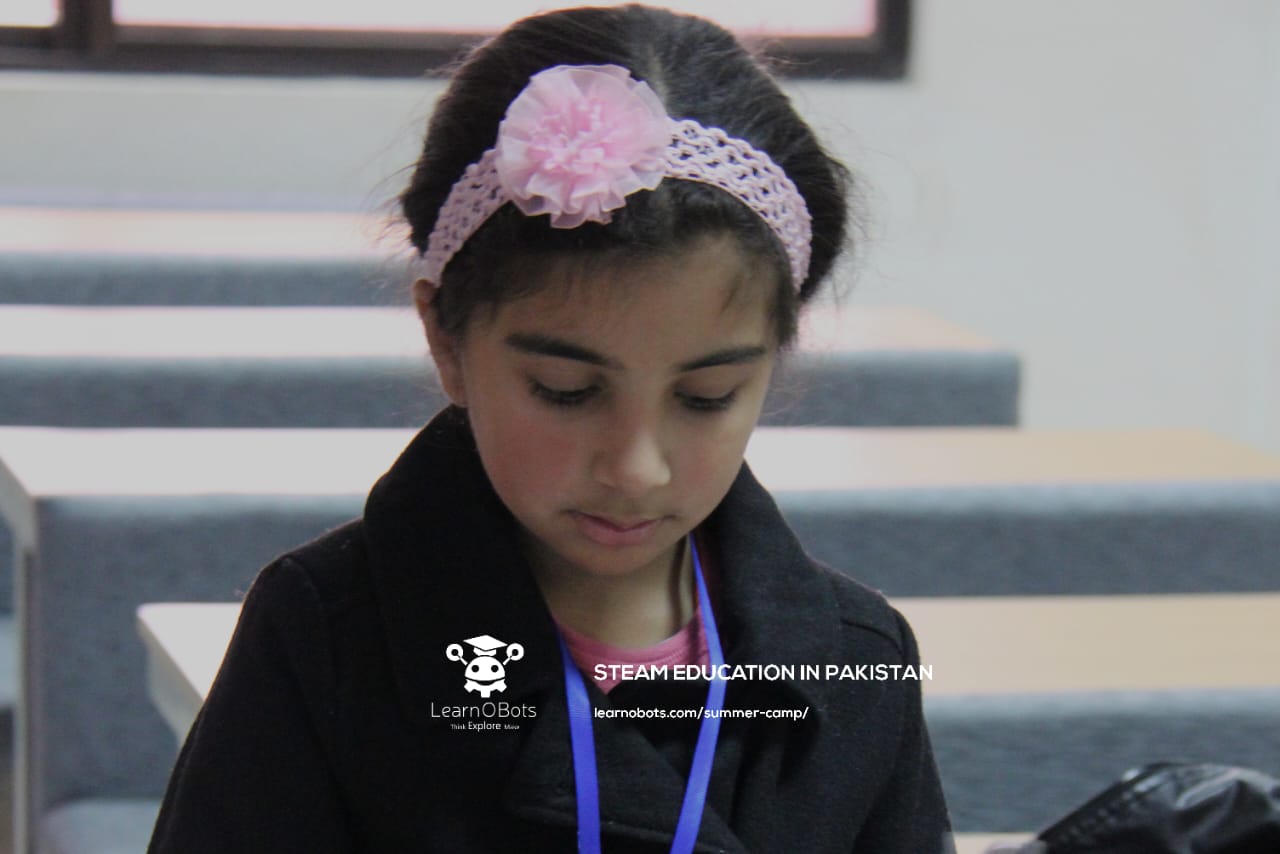Emerging Technologies: Internet of Things (IoT)
What is the Internet of Things?
We all know what the internet is. It is a giant network of computers, servers and databases across the globe that allows for instantaneous transfer of data. The internet has completely changed how people work, study and interact. But what is the Internet of Things? The Internet of Things or IoT for short is similar to the internet in that it is a network. However, unlike the internet, the IoT refers to the connection of physical objects, machines or appliances with software and sensors that allow them to connect over the internet.
Some examples of this are smart home appliances and virtual assistants like Amazon’s Alexa. You can tell Alexa to turn up the air conditioning or turn down the lights and it will. This is because these systems are connected via the cloud. They can sense, analyze and share data. Alexa, Siri, Cortana and Google Assistant are examples of developing Artificial Intelligence, or AI, and the future where every household has a robot butler might not be too far away. As of 2022, there are more than 10 billion IoT devices in the world, and experts predict that there could be 12 billion more added in the next three years.
Importance of IoT
The Internet of Things has several uses across several fields. As previously mentioned, consumers and households can use the technology to better manage their homes and help with their tasks. There are also some other uses. For example, people can use IoT to keep track of children, the elderly or pets. Baby monitors can be connected to an app, which would notify parents if a child is crying. Chips and sensors placed in wristbands or collars can also keep track of the locations of elderly patients or animals respectively. These sensors could also notify caretakers of their patients’ heartbeats or vitals, and inform them if there is an emergency.
This technology is also very useful for businesses and firms in almost every industry. IoT can monitor and track the production progress and the supply chain and offer smart solutions to issues. For instance, companies could fit trucks with sensors and GPS trackers to see where they are in real-time. They could also use self-driving vehicles and Unmanned Flying Vehicles, or UAVs, to speed up deliveries. We will talk more about self-driving vehicles and UAVs in upcoming blogs. This data regarding the supply chain helps managers make better plans.
Moreover, companies and factories could use the technology to monitor the depreciation of capital and machinery. Farmers could use IoT to monitor irrigation levels, municipalities could use it to manage traffic, scan air quality or analyze levels of energy consumption, all in real-time.
Pros and Cons
We have already discussed several of the benefits of the Internet of Things. It is useful for both households and companies and offers several solutions to problems. IoT technology is efficient, saves time and minimizes human labour. Furthermore, people can control devices and monitor their data from anywhere around the world in real-time. This is particularly important for industries where decisions have to be made quickly. More information regarding resource usage, machinery functionality and supply chain movement also benefits managers and those in charge. Information on a patient’s health can as mean the difference between life and death in the healthcare industry. Entire cities and governments can also use the Internet of Things technology to create smart cities and plan municipalities.
Nonetheless, there are also many disadvantages linked to IoT. First and foremost, there are security and privacy concerns. IoT devices are all linked together, and if a hacker manages to get access to one of them, they can access all of them. Similarly, if there is a bug in one part of the system, it will affect the entire system. People also have fears that devices like Alexa listen in to their private conversations to spy on them. Corporations like Amazon could sell the data they collect about users to the government or other private entities.
IoT technology can also end up replacing human labour, causing unemployment. Additionally, the technology can be expensive and complex to use, meaning employers will need to completely retain many people in order to use it. Although, the price of the technology will likely go down as it becomes more popular. Too much dependence on smart technology may also cause people to become complacent.
LearnOBots
LearnOBots is an Islamabad-based start-up and we aim to bring STEAM Education to all Pakistani kids, regardless of gender, race, religion, caste, creed or class. Our services include both stay-at-home and in-person classes and Camps. Our modules include classes on climate change, circuitry, robotics and professional development. We also provide DIY Robotics Kits and coding classes. If you’re interested in LearnOBots, please contact us through email or WhattsApp.




